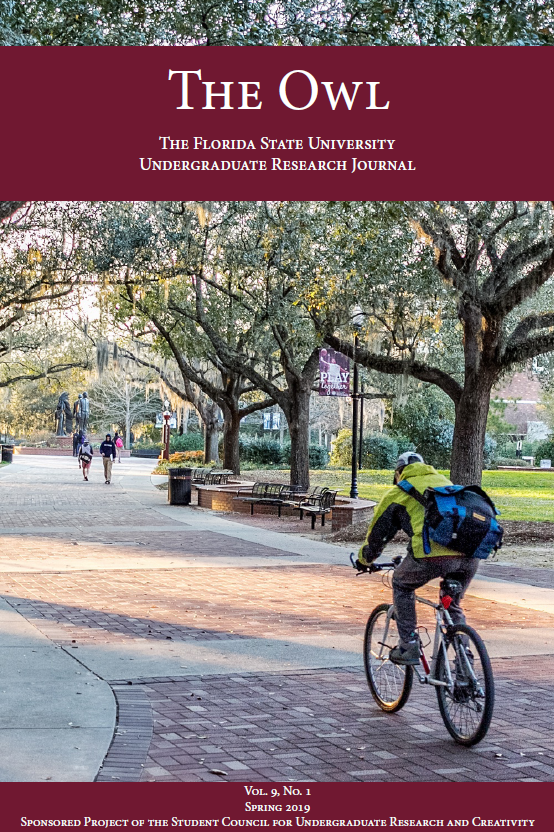Los Caprichos: Allá vá eso and its Supernatural Connection to our Physical World
Keywords:
Francisco Goya, Allá vá eso, Ethics and Social Morality, Enlightenment SocialityAbstract
In this essay, I examine Los Caprichos, a series of engravings by the late-18th century Spanish Romantic artist Francisco de Goya. By focusing mainly on Plate 66 from the series, Allá vá eso, I examine the ways in which Goya’s creation reflects the social, political, and moral tides of the period. Beginning with an extensive formal analysis, I explore how the work’s supernatural figures and overarching demonic theme are representative of the dark and twisted artistic methods which Goya often employed in his works. Furthermore, I evaluate Allá vá eso in the context of somatic deformation, a term set forth by Andrew Schulz in his publication, Goya’s Caprichos: Aesthetics, Perception, and the Body. The term means “distortion of the body,” and I argue its prevalence in Goya’s artistic technique. Moreover, I explore the social implications of the Enlightenment on 18th century Spain; specifically, its production of a heightened interest in rationality and the natural world. I argue that Allá vá eso, when viewed in this context, provides a fantastical narrative that critiques humanity’s reliance on faith and religion as it appeared in daily life and in art produced prior to Goya’s time.References
Blas, B. J., Matilla, J. M., & Medrano, J. M. (Eds.). (1999). El libro de Los Caprichos: Dos siglos de interpretaciones (1799-1999): Catálogo de los dibujos, pruebas de estado, láminas de cobre y estampas de la primera edición. Madrid, Spain: Museo Nacional del Prado.
Heckes, F. I. (1978). Goya’s Caprichos. Art Bulletin of Victoria, 19.
Schulz, A. (2000). Satirizing the senses: The representation of perception in Goya’s Los Caprichos. Art History, 23, 153-181. doi:10.1111/1467-8365.00204
Schulz, A. (2005). Goya’s Caprichos: Aesthetics, perception, and the body. Cambridge, United Kingdom: Cambridge University Press.
Downloads
Published
Issue
Section
License
All works published in The Owl are published under a Creative Commons Attribution, Non-Commercial, Share-Alike (CC-BY-NC-SA) license. The author retains copyright.

